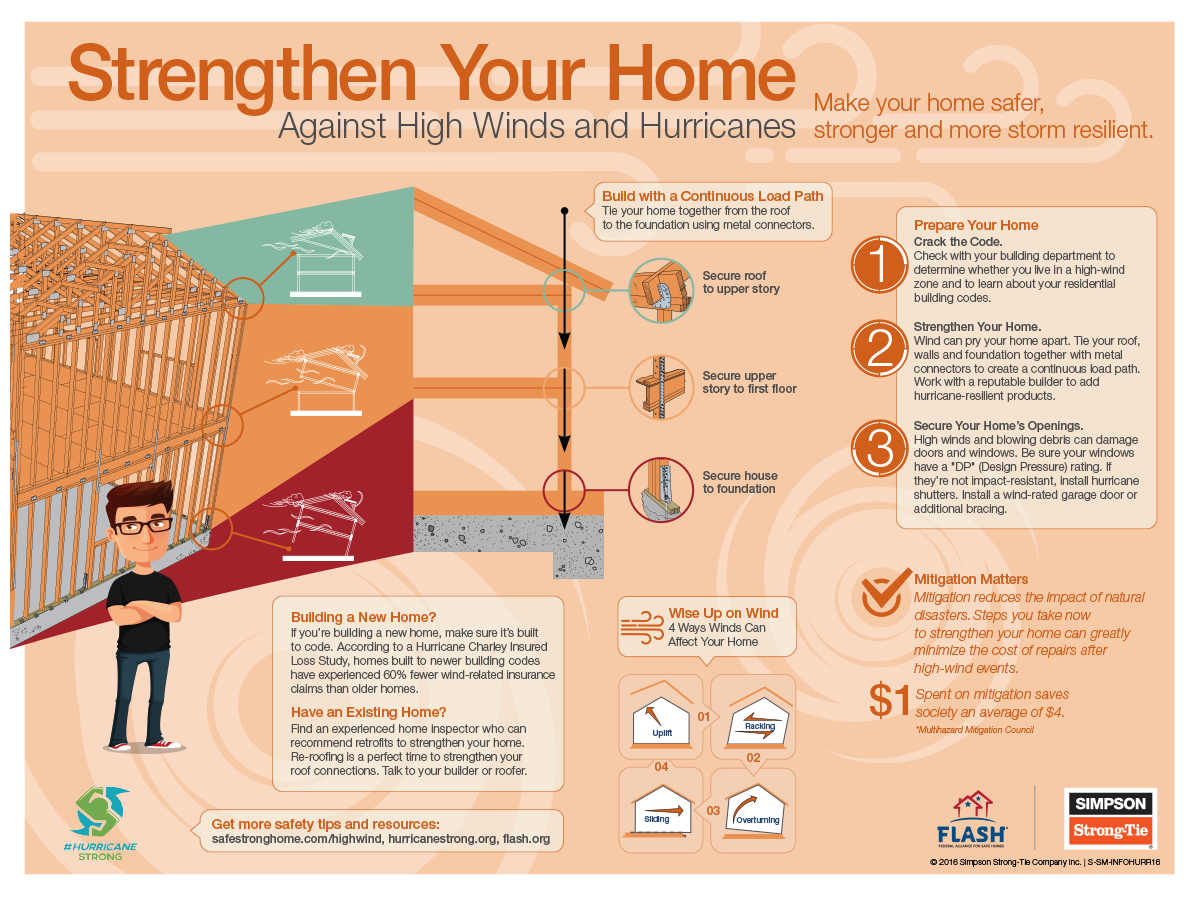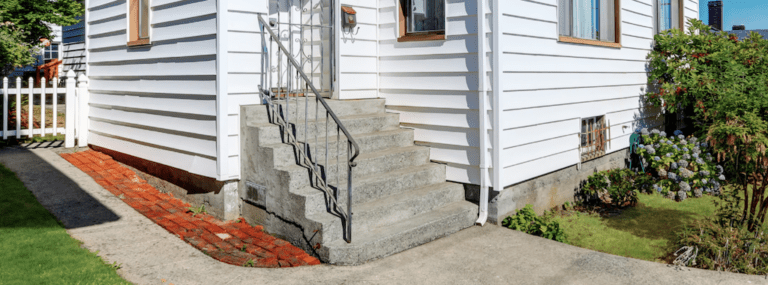Crack the Code
Learn about residential building codes in your county and how they are enforced. Are changes being made to the building code that will make your home safer? Check with your local building department to find out whether you live in a high wind-speed zone – building standards are more stringent for areas susceptible to high wind.
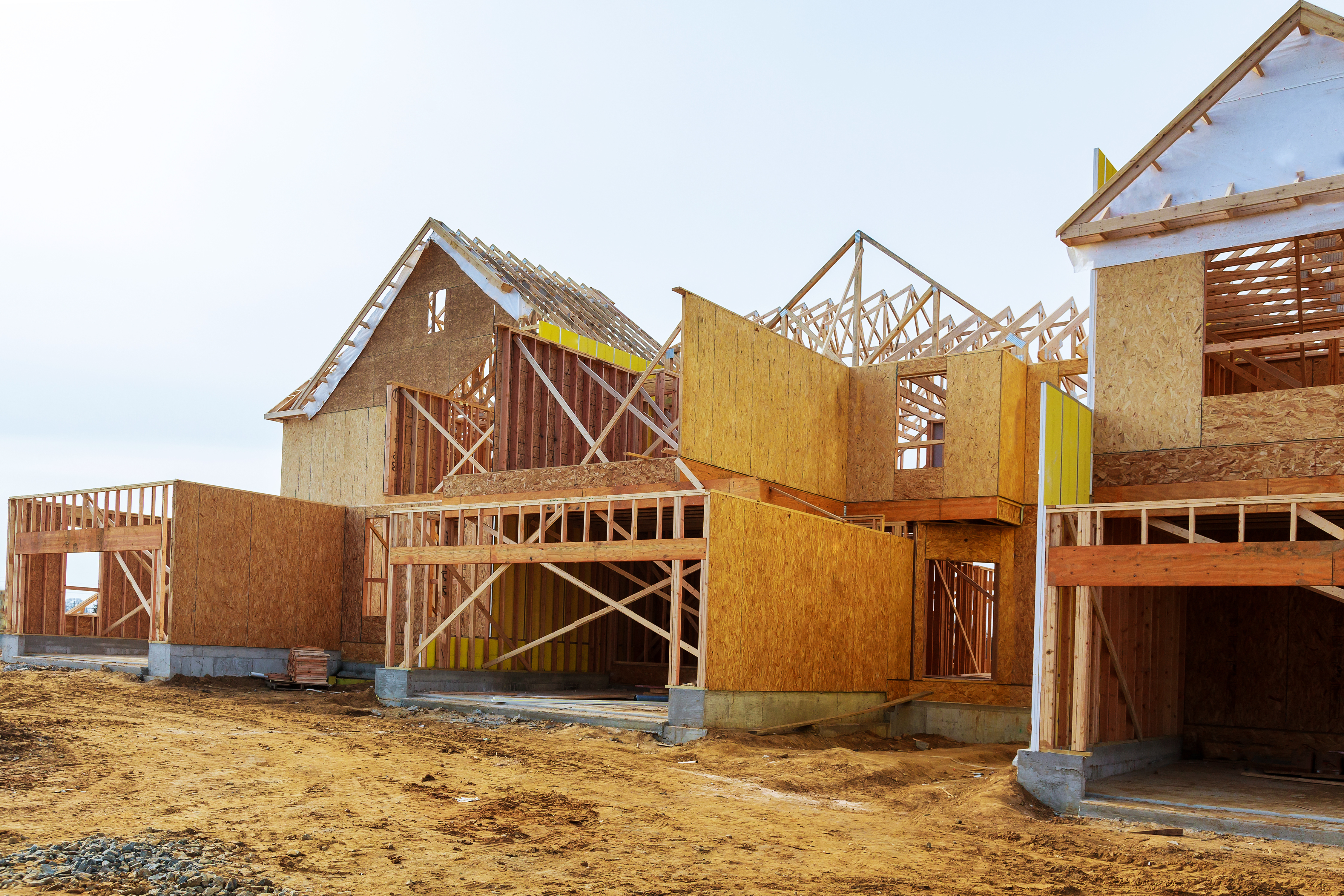
Building your home to meet or exceed code requirements can have a significant impact on whether your home weathers the next big storm. Many parts of the country follow the International Building Code, which establishes design standards for new home construction. Properly enforced, these codes help strengthen homes and protect them from storm damage.
Blowin’ in the Wind
To protect your family and belongings from storm damage, it’s important to educate yourself. Understanding how high winds can affect the structural frame of your house is the first step.
There are four ways wind can affect your home:
- Uplift — wind flows over the roof of the home, creating suction and a lifting effect.
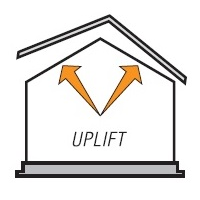
- Racking — wind exerts horizontal pressure, which can cause the home to tilt.
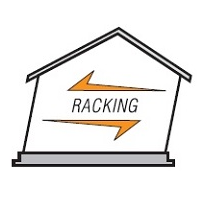
- Sliding — wind exerts horizontal pressure, which can cause the home to slide off its foundation.
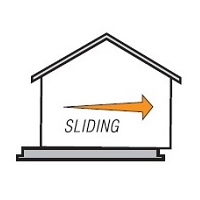
- Overturning — when the home is unable to rack or slide, wind can cause the walls to rotate off the foundation.
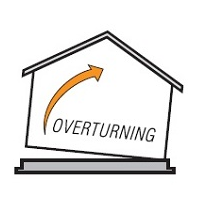
Build with a Continuous Load Path
Strengthening the structural frame of your house includes creating a “continuous load path” within your home. So what is a continuous load path? It’s a method of construction that uses a system of wood, metal connectors, fasteners (like nails and screws) and shearwalls to hold the structural frame of the house in one piece. A continuous load path is like a chain that ties the house together from the roof to the foundation.
A continuous load path is critical during a storm because it helps hold the house together when high winds try to pull it apart. A home is more likely to withstand a hurricane or high-wind event and stay intact when all parts of the house — roof, walls and foundation — are connected to each other.
Although building codes require homes to be built with a continuous load path, not all parts of the country follow these national building standards. The age of your home can also help you determine whether it has a continuous load path. Homes built before 1985 typically do not have a continuous load path.
You can find more steps for strengthening your home here.
Inspect Your Home
Once you feel confident about what’s needed for a Hurricane Strong home, the next step is a top-to-bottom inspection. The Federal Alliance of Safe Homes (FLASH) has put together a helpful DIY Wind Inspection checklist for homeowners.

FLASH’s website, GreatHurricaneBlowout.org, is dedicated to providing options for strengthening your home while making it a fun family activity. We’re especially fond of the Home Hurricane Hunt, which turns a home inspection into a 30-minute scavenger hunt.
Ready, Set, Retrofit
If you know your home needs to be retrofitted for hurricanes, you may be able to tackle the retrofit project yourself depending on your skill level. Typically, though, home retrofits are considered more advanced projects, so you may want to hire a professional engineer and a licensed and insured contractor to do the work. Review our top 5 questions to ask before you retrofit your home.
Get Technical
If you’re a structural engineer or you simply like to get into the technical weeds, we have several blog posts about building Hurricane Strong homes on our Structural Engineering Blog. Here are several choice articles:
What You Need to Know About Differences in Wind-Speed Reporting for Hurricanes
Simultaneous Loading on Hurricane Ties
How to Select a Connector Series — Hurricane Ties
